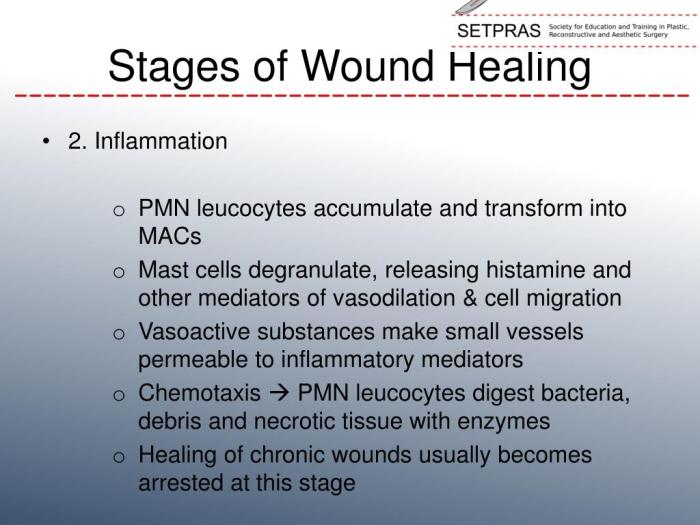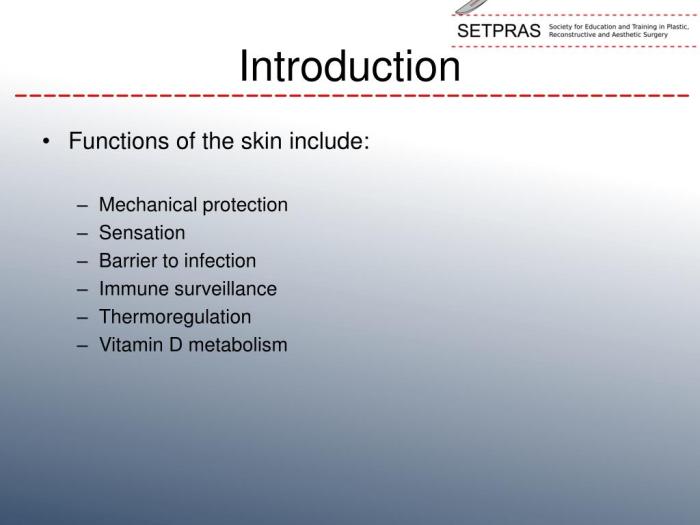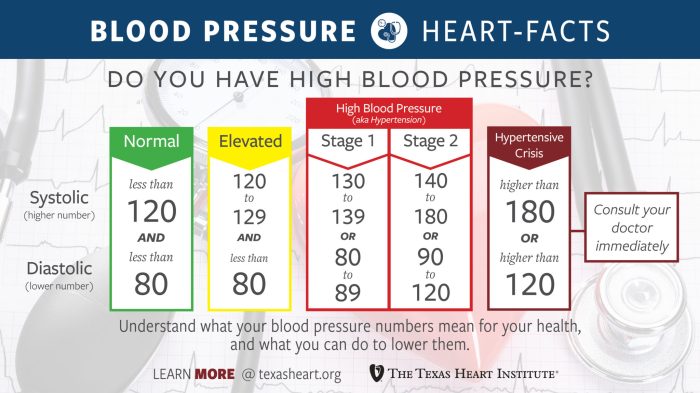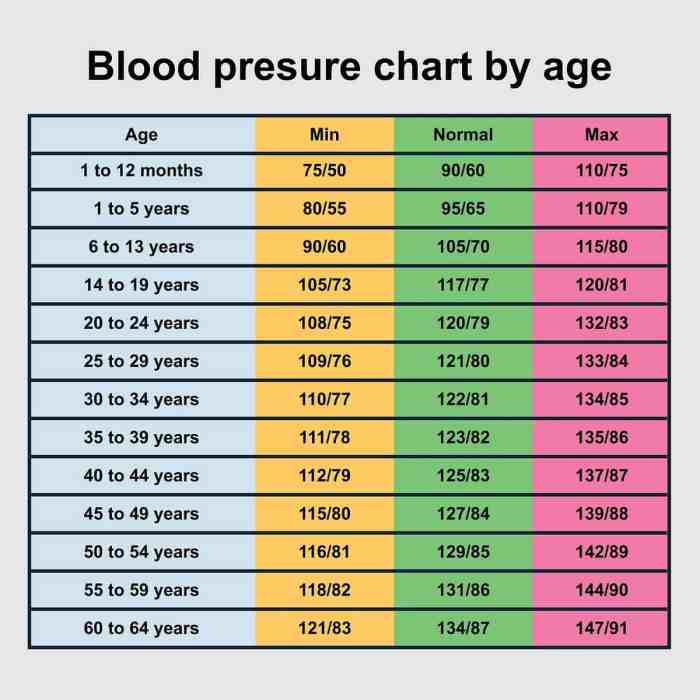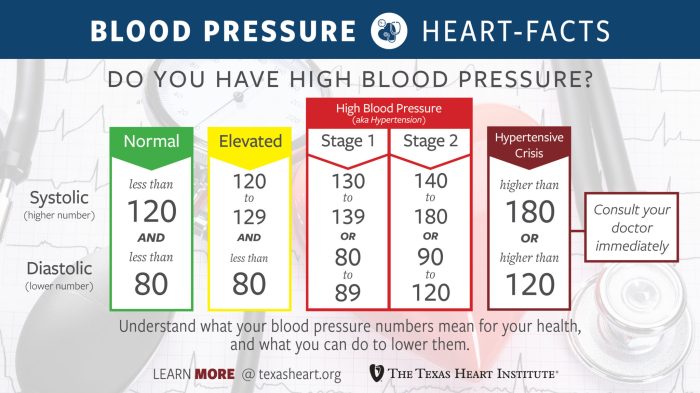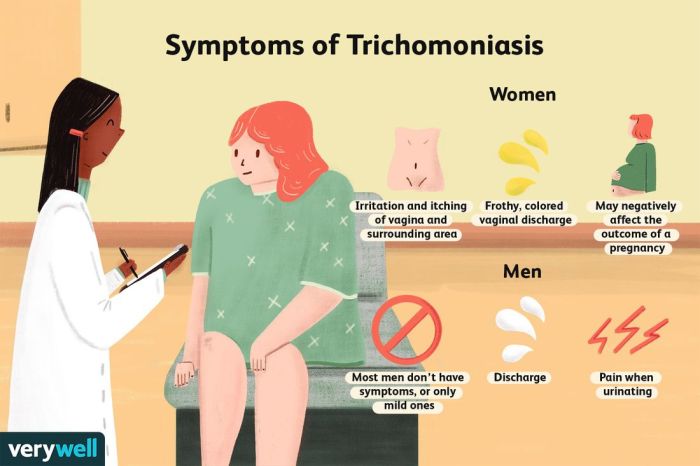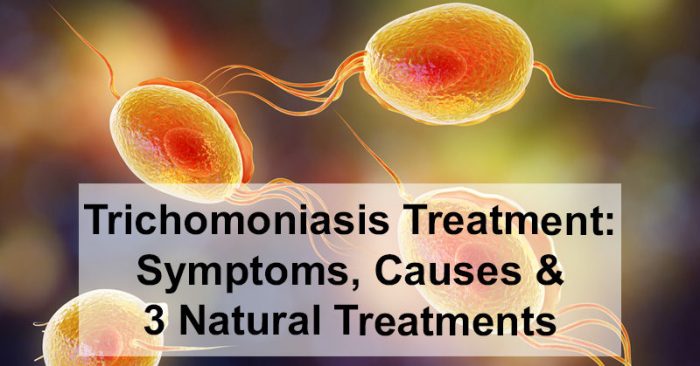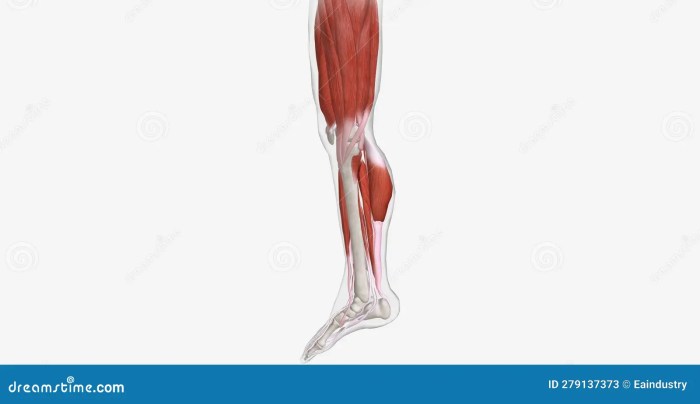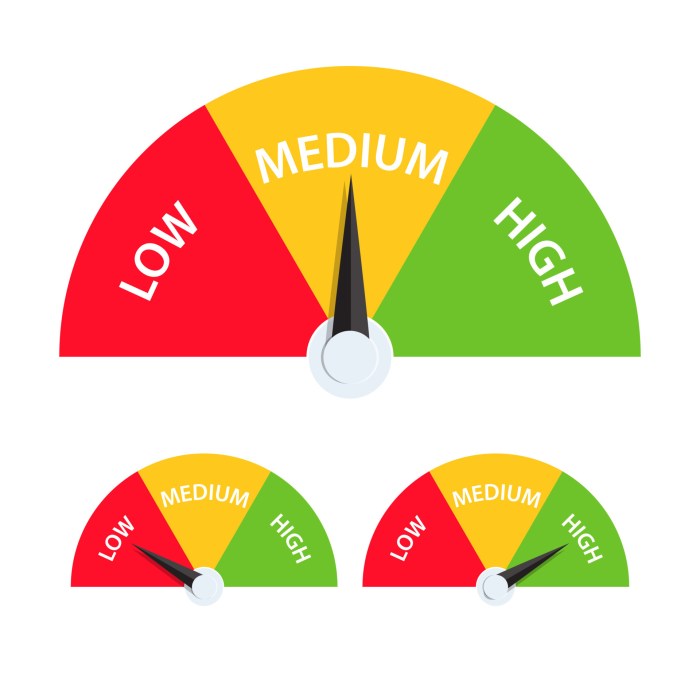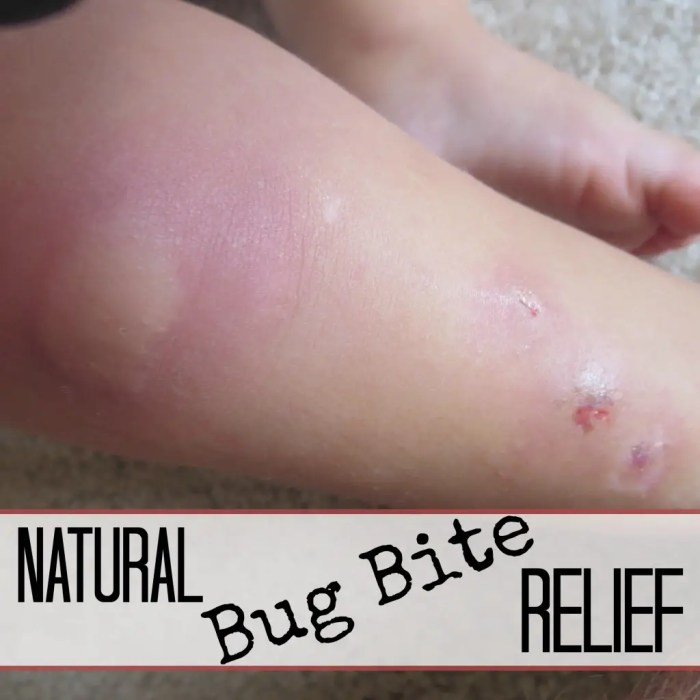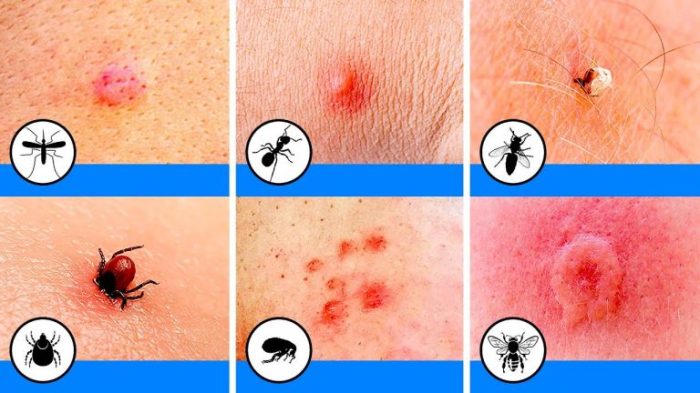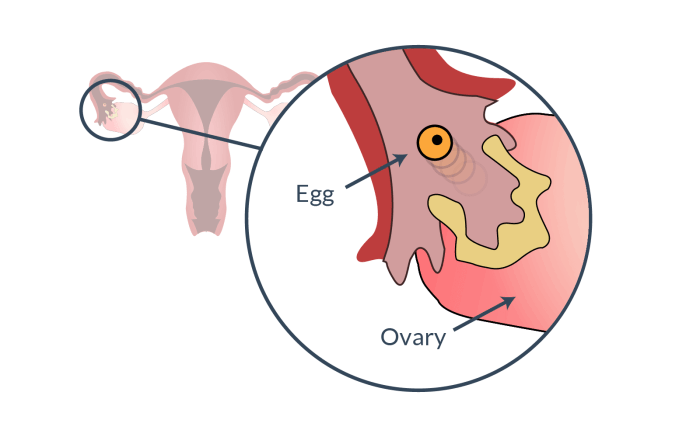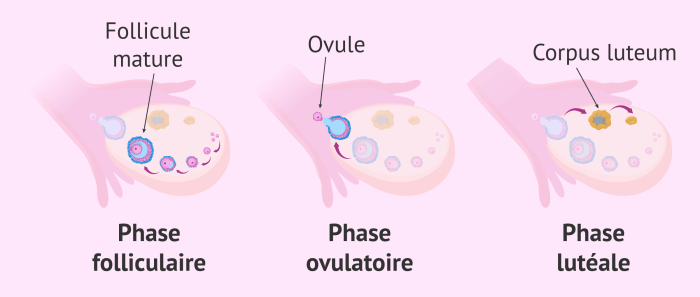Can adults get RSV? Absolutely. This comprehensive guide delves into the world of Respiratory Syncytial Virus (RSV) infection in adults, exploring its transmission, symptoms, risk factors, and potential complications. We’ll examine how RSV affects adults differently from children, and provide insights into prevention strategies and treatment options.
Understanding RSV in adults is crucial for effective prevention and management. The virus, while often associated with childhood illness, can pose significant health concerns for adults, particularly those with underlying health conditions. This article will equip you with the knowledge to navigate RSV and protect yourself.
Understanding the Respiratory Syncytial Virus (RSV)
The Respiratory Syncytial Virus (RSV) is a common viral infection that primarily affects the respiratory system. While often associated with childhood illnesses, RSV can also impact adults, though generally with milder symptoms. Understanding the nuances of this virus, including its various strains, symptoms, and transmission, is crucial for effective prevention and management.
Detailed Description of RSV
RSV is a single-stranded RNA virus belonging to the Paramyxoviridae family. It’s known for its ability to cause a range of respiratory illnesses, from mild cold-like symptoms to severe pneumonia, especially in vulnerable populations. The virus’s structure and genetic makeup allow it to readily adapt and mutate, contributing to the emergence of different strains.
Different Strains and Subtypes of RSV
RSV is categorized into two major subtypes: A and B. Subtyping is important because different subtypes can exhibit varying degrees of severity and infectivity. Strain variations within each subtype further complicate the picture. These variations can influence the virus’s virulence and impact on different individuals.
Typical Symptoms of RSV Infection in Adults
RSV symptoms in adults typically mimic those of a common cold, often starting with mild upper respiratory symptoms. These may include a runny nose, sore throat, cough, and sometimes a low-grade fever. However, some individuals might experience more severe symptoms, including shortness of breath and chest discomfort, potentially progressing to pneumonia. Severity varies significantly among individuals.
Comparison of RSV Symptoms in Adults and Children
While the symptoms are often similar, the presentation of RSV can differ between adults and children. Adults frequently experience milder upper respiratory symptoms compared to children, who may present with more pronounced lower respiratory symptoms, including wheezing and difficulty breathing. Children, especially infants, are more susceptible to severe RSV infections.
Wondering if adults can get RSV? It’s definitely possible! While often associated with childhood, adults can contract Respiratory Syncytial Virus (RSV), sometimes leading to more severe complications. Knowing how to protect yourself and others is key. This is especially true when it comes to potential knee injuries, such as ACL and PCL tears, which can significantly impact your mobility and recovery.
If you’re looking for more information on those types of injuries, check out this resource on acl and pcl injuries of the knee. So, while RSV can affect anyone, staying informed about preventative measures and potential complications is always a good idea.
Methods of RSV Transmission
RSV spreads primarily through direct contact with respiratory secretions, such as saliva or mucus, from infected individuals. This can occur through close contact, such as touching contaminated surfaces and then touching the eyes, nose, or mouth. Aerosolized droplets released during coughing or sneezing also play a role in transmission. Proper hand hygiene and respiratory etiquette are critical in preventing the spread of the virus.
Risk Factors and Susceptibility
RSV, while primarily a concern for infants and young children, can affect adults too. Understanding the factors that increase an adult’s risk of infection and severe complications is crucial for preventative measures and appropriate medical responses. This knowledge empowers individuals and healthcare professionals to make informed decisions about potential exposures and care.Adults may not experience the same severity of RSV as children, but the infection can still lead to serious complications, particularly in those with underlying health conditions.
The severity of the illness in adults depends heavily on their overall health and the presence of any pre-existing conditions.
Factors Increasing RSV Risk in Adults
Several factors can elevate an adult’s susceptibility to RSV infection. Age, while not as significant a factor as in children, plays a role. Individuals with compromised immune systems, whether due to chronic conditions or medication use, are at higher risk. Exposure to individuals already infected also increases the likelihood of contracting the virus. Certain occupations or environments with high population density or poor ventilation can also increase the chance of transmission.
Conditions Predisposing to Severe RSV Complications in Adults
Certain conditions can make RSV infection more severe in adults. Chronic respiratory illnesses, such as asthma, chronic obstructive pulmonary disease (COPD), and cystic fibrosis, significantly increase the risk of developing pneumonia or other complications. Heart conditions, including weakened heart muscles or compromised heart function, can make the body less able to fight off the infection and lead to severe illness.
Immunosuppressed individuals, whether due to medications, autoimmune disorders, or other health issues, are also more vulnerable to severe RSV. Pregnant women are also more susceptible to complications from RSV due to the physiological changes during pregnancy.
Role of Age and Overall Health in RSV Severity
Age is a key factor in determining the severity of RSV. While adults generally have stronger immune systems than children, older adults and those with underlying health issues are more vulnerable to complications. Overall health plays a significant role in an adult’s response to RSV. Individuals with weakened immune systems, chronic diseases, or compromised respiratory systems are more likely to experience severe symptoms and complications.
Maintaining good overall health through a balanced diet, regular exercise, and stress management can contribute to a stronger immune response.
Connection Between Underlying Health Conditions and RSV
Underlying health conditions significantly impact an adult’s susceptibility to severe RSV. Individuals with conditions like chronic lung disease, heart disease, or weakened immune systems are at higher risk for developing severe pneumonia or other respiratory complications. The severity of RSV symptoms and complications can vary significantly depending on the individual’s overall health status.
Comparison of Risk Factors in Adults and Children
| Risk Factor | Adults | Children |
|---|---|---|
| Age | Older adults and those with weakened immune systems are more vulnerable. | Infants and young children are at highest risk due to underdeveloped immune systems. |
| Underlying Health Conditions | Chronic lung diseases (COPD, asthma), heart conditions, weakened immune systems, and weakened respiratory systems are significant factors. | Premature birth, congenital heart defects, and weakened immune systems increase vulnerability. |
| Immune System | Compromised immune systems due to medications, chronic diseases, or other factors increase susceptibility. | Immature immune systems make children more susceptible to infection and severe complications. |
| Exposure | Exposure to infected individuals, particularly in high-density environments, increases risk. | Close contact with infected individuals, particularly in daycare settings, increases risk. |
Severity of Infection in Adults: Can Adults Get Rsv
RSV infection in adults, while often milder than in children, can still cause significant discomfort and, in some cases, lead to severe complications. Understanding the spectrum of illness, from mild to severe, is crucial for appropriate management and prevention of potential complications. Adults with underlying health conditions are at a higher risk for developing more severe cases.The severity of RSV infection in adults varies greatly.
Many adults experience only mild symptoms, similar to a common cold. However, a significant portion of adults with RSV can experience more severe symptoms, potentially requiring hospitalization. The severity of the illness depends on various factors, including the individual’s overall health, the presence of underlying conditions, and the strain of the virus.
Spectrum of RSV Illness in Adults
RSV in adults can range from a relatively mild illness, presenting with symptoms similar to a common cold, to a more severe condition requiring hospitalization. Mild cases are typically characterized by a runny nose, cough, sore throat, and sometimes fever. These symptoms are usually self-limiting and resolve within a week or two. More severe cases can involve a more intense cough, difficulty breathing, and chest pain, which may require medical intervention.
Individuals with underlying health conditions, such as chronic lung disease or weakened immune systems, are more prone to severe RSV infection.
Potential Complications of RSV in Adults
RSV infection in adults, while often mild, can lead to several potential complications. Pneumonia, an inflammation of the lungs, is a serious complication that can occur in some cases. Bronchitis, an inflammation of the airways, is another possible complication. In severe cases, RSV can cause respiratory failure, requiring intensive care and mechanical ventilation. Older adults and individuals with pre-existing lung conditions are particularly vulnerable to these complications.
Adults can absolutely get RSV, just like kids can. It’s important to remember that while dealing with the common cold or other respiratory illnesses is tough, sometimes, managing the side effects of birth control can also be challenging. Fortunately, there are ways to potentially lessen those effects, like exploring strategies for minimizing birth control effects.
Ultimately, knowing the symptoms and taking precautions is key, no matter your age, when dealing with any illness.
Treatment Options for RSV in Adults
Treatment for RSV in adults primarily focuses on symptom management. Rest, fluids, and over-the-counter medications like pain relievers and decongestants can help alleviate symptoms. In cases of severe illness, antiviral medications may be prescribed, although their effectiveness in adults is not as well established as in children. Supportive care, such as oxygen therapy and mechanical ventilation, might be necessary for individuals with severe respiratory distress.
Support and Care for Severe RSV Cases
Severe RSV cases in adults require comprehensive support and care. Hospitalization is often necessary for monitoring and treatment. Oxygen therapy, and potentially mechanical ventilation, may be required to assist breathing. Nutritional support may be needed, and close monitoring of vital signs is essential. The care team should include respiratory therapists, nurses, and physicians experienced in managing respiratory illnesses.
Symptoms and Severity Levels
| Symptom | Mild | Moderate | Severe |
|---|---|---|---|
| Runny Nose | Slight | Moderate | Significant, with nasal congestion |
| Cough | Occasional, dry | Frequent, productive | Persistent, severe, with difficulty breathing |
| Fever | Mild, occasional | Moderate, lasting more than 2 days | High, lasting several days, with chills |
| Shortness of Breath | Absent | Slight, noticeable with exertion | Significant, noticeable at rest, requiring supplemental oxygen |
| Chest Pain | Absent | Occasional | Persistent, severe |
Diagnosis and Testing
Identifying RSV in adults, while sometimes less critical than in children, is still crucial for proper management and treatment. Accurate diagnosis allows healthcare providers to distinguish RSV from other respiratory illnesses, enabling the right course of action and preventing potential complications. The process involves a combination of clinical evaluation and laboratory tests.Diagnostic methods for RSV in adults often rely on a combination of factors.
The patient’s symptoms, medical history, and exposure to potential sources of infection are all taken into account. This initial assessment guides the selection of appropriate laboratory tests.
Diagnostic Methods for RSV
This section Artikels the various methods used to diagnose RSV infection in adults, encompassing both common and specialized approaches. Each method offers unique insights into the presence and extent of the infection.
Common Tests for RSV Infection
Several common tests are used to identify RSV infection in adults. These tests often focus on detecting the virus itself or its genetic material. These tests can help healthcare providers make informed decisions about the best course of action.
| Diagnostic Test | Procedure | Advantages | Disadvantages |
|---|---|---|---|
| Nasal swab or wash | A sample of secretions from the nose is collected using a swab or by washing the nasal passages. The sample is then sent to a laboratory for analysis. | Relatively simple and non-invasive procedure. | May not always detect the virus, especially in early stages of infection. Collection can be challenging depending on the patient’s condition. |
| Polymerase Chain Reaction (PCR) | A highly sensitive molecular test that detects the genetic material of the virus in a sample. | High sensitivity and specificity, allowing for accurate detection even in early stages of infection. | Can be more expensive than some other methods and may require specialized equipment. |
| Immunofluorescence Assay (IFA) | A laboratory test that uses antibodies to detect the presence of RSV antigens in a sample. | Relatively fast turnaround time compared to PCR. | Lower sensitivity than PCR and may require additional confirmation methods. |
| Rapid antigen tests | These tests provide rapid results, typically within 15-30 minutes, by detecting specific proteins from the virus. | Rapid results are helpful in guiding immediate treatment decisions. | Lower sensitivity compared to PCR. False-negative results are possible, requiring confirmation. |
Comparing and Contrasting Diagnostic Tests
The choice of diagnostic test depends on several factors, including the urgency of the situation, the availability of resources, and the desired level of accuracy. A nasal swab, for example, is a relatively straightforward approach, but it might not always provide a definitive answer. In contrast, PCR offers high sensitivity but can be more time-consuming. The table above highlights the key distinctions between various diagnostic methods.
Careful consideration of these factors allows healthcare professionals to select the most appropriate method for each individual case.
Prevention Strategies
Protecting yourself and others from RSV is crucial, especially for adults. Taking proactive steps can significantly reduce your risk of infection and prevent its spread. Understanding the preventive measures available empowers you to make informed choices and safeguard your health.Effective prevention strategies encompass various approaches, from vaccination to practicing good hygiene. By understanding these methods and consistently applying them, you can minimize the likelihood of contracting RSV and lessen the impact on your health and the health of those around you.
Vaccination Options and Effectiveness
Currently, there isn’t a widely available RSV vaccine specifically for adults. While research is ongoing and vaccines are being developed, there aren’t any licensed options for general adult use at this time. However, this doesn’t mean prevention is impossible. Other strategies remain highly effective in mitigating the risk of RSV infection.
Importance of Hand Hygiene and Other Preventive Practices
Frequent handwashing is a fundamental preventive measure. Washing hands thoroughly with soap and water, especially after being in public places or touching potentially contaminated surfaces, significantly reduces the spread of viruses like RSV. Maintaining good respiratory hygiene, such as covering coughs and sneezes with a tissue or elbow, is equally important.
Precautions to Avoid RSV Spread
To prevent the spread of RSV, avoiding close contact with individuals who are ill is crucial. This includes limiting close interactions with people displaying symptoms of respiratory illness. Disinfecting frequently touched surfaces in your home and workplace can also help prevent the virus’s spread.
Prevention Tips for Adults
Practicing good hygiene is crucial in preventing RSV transmission.
- Thoroughly wash hands with soap and water for at least 20 seconds, especially after coughing, sneezing, or touching public surfaces.
- Avoid touching your face with unwashed hands.
- Cover coughs and sneezes with a tissue or your elbow to prevent the spread of respiratory droplets.
- Clean and disinfect frequently touched surfaces, such as doorknobs, light switches, and countertops.
- If you are unwell, stay home to prevent spreading the infection to others.
- Limit close contact with individuals who are ill.
- Encourage others to do the same.
- Practice proper ventilation in enclosed spaces.
Long-Term Effects and Recovery

While RSV typically resolves within a few weeks in adults, some individuals may experience lingering effects. Understanding these potential long-term impacts and the factors influencing recovery is crucial for effective management and support. This knowledge empowers individuals to proactively address any concerns and seek appropriate medical attention if needed.Recovery from RSV, like any viral infection, is influenced by several factors, including the individual’s overall health, the severity of the infection, and timely access to appropriate medical care.
The body’s immune response plays a key role in combating the virus and regaining health. Early diagnosis and treatment can significantly impact the duration and severity of the infection, ultimately affecting recovery time.
Potential Long-Term Effects
RSV can sometimes lead to complications that extend beyond the initial infection period. These complications vary in severity and duration, depending on the individual’s health status and the severity of the infection. While most individuals recover fully, some might experience persistent respiratory issues or lingering fatigue. This necessitates careful monitoring and appropriate medical intervention if needed.
So, can adults get RSV? Absolutely! While it’s more common in younger kids, adults can definitely contract it. And speaking of skin issues, it’s totally relatable when pimples return as soon as you stop using your acne medication, like in this article about pimples coming back when I stop using acne medicine. It’s a frustrating cycle, but understanding the underlying cause can help.
Luckily, with proper care, you can manage the issue. Just remember, even though it’s common, it’s still important to stay aware of symptoms and potential treatments for RSV in adults.
Factors Influencing Recovery Time
Several factors influence the time it takes for an adult to fully recover from RSV. Underlying health conditions, such as asthma or chronic lung disease, can significantly impact the recovery process. Age also plays a role; individuals with weakened immune systems or those with chronic conditions may experience a longer recovery period. The severity of the initial infection, including the presence of pneumonia or other complications, also influences the recovery timeline.
Timely and appropriate medical intervention is critical in these cases.
Support Systems for Recovery
A strong support system is vital during the recovery process. Family and friends can provide emotional support and practical assistance, such as helping with daily tasks. Support groups for individuals recovering from respiratory illnesses can provide valuable peer-to-peer connections and shared experiences. Access to medical professionals, including pulmonologists or other specialists, is crucial for ongoing monitoring and management of any lingering effects.
Physical therapists can also play a crucial role in rehabilitation and restoring respiratory function.
Importance of Monitoring Symptoms After Infection
Monitoring symptoms after infection is crucial to identify potential complications and ensure timely intervention. Persistent cough, shortness of breath, or chest pain should be reported to a healthcare professional. Changes in energy levels, fatigue, or difficulty performing daily tasks should also be noted and discussed with a doctor. Regular follow-up appointments can help track progress and identify any emerging issues promptly.
This proactive approach helps ensure a smoother recovery.
Potential Long-Term Effects and Recovery Timelines, Can adults get rsv
| Potential Long-Term Effect | Possible Recovery Timeline (in weeks/months) | Notes |
|---|---|---|
| Mild respiratory issues (e.g., persistent cough) | 4-8 weeks | Often resolves with supportive care and rest. |
| Moderate respiratory complications (e.g., bronchitis) | 8-12 weeks | May require additional therapies and monitoring. |
| Severe respiratory complications (e.g., pneumonia) | 12-16 weeks or more | Recovery time depends on the severity of the pneumonia and the individual’s response to treatment. May require prolonged rest and potentially rehabilitation. |
| Chronic respiratory conditions worsened by RSV | Variable | Individuals with pre-existing conditions may experience a prolonged recovery or exacerbations of their underlying conditions. |
Illustrative Cases
RSV, while often mild in healthy adults, can sometimes lead to severe complications. Understanding the spectrum of infection is crucial for appropriate diagnosis and management. This section presents case studies to illustrate both mild and severe adult RSV cases.
Mild RSV Infection in an Adult
This case depicts a typical mild RSV infection in a previously healthy adult. Symptoms typically manifest within 4 to 6 days after exposure.
- Symptoms: The patient presented with a gradual onset of mild fever (around 100.5°F), a runny nose, and a slight cough. Sore throat and muscle aches were also reported. The symptoms were relatively mild, and the patient experienced no difficulty breathing. The patient felt progressively better within a week, and symptoms gradually resolved.
- Course of Treatment: Given the mild nature of the infection, the treatment focused on supportive care. Rest, hydration (plenty of fluids), and over-the-counter medications for fever and pain relief (such as acetaminophen or ibuprofen) were recommended. The patient was advised to avoid strenuous activity and to monitor for worsening symptoms.
Severe RSV Infection in an Adult
This case highlights a more severe presentation of RSV in an adult. Individuals with underlying health conditions, such as chronic lung disease or compromised immune systems, are at higher risk for severe RSV.
- Symptoms: The patient, a 65-year-old with chronic obstructive pulmonary disease (COPD), experienced a rapid progression of symptoms. Within 24 hours, the patient developed a high fever (over 102°F), severe cough, and shortness of breath, accompanied by chest tightness. The patient’s breathing became noticeably labored, with rapid and shallow breaths. The patient’s respiratory rate increased significantly.
These symptoms were accompanied by a persistent, productive cough, with phlegm or mucus, which indicated potential secondary bacterial infection. The patient reported significant difficulty performing routine tasks due to the intense shortness of breath.
- Interventions and Monitoring: Given the severity of the infection and the underlying COPD, the patient required hospitalization. The patient received supplemental oxygen to support breathing. Monitoring of vital signs (heart rate, blood pressure, oxygen saturation) was crucial. Regular chest X-rays and blood tests were performed to assess the extent of the infection and rule out complications. Bronchodilators and other medications to open the airways were administered.
Intravenous fluids were also administered to maintain hydration. The patient was closely monitored for any signs of respiratory failure or secondary bacterial infections. The patient required intensive care monitoring, and possible intubation. The course of treatment was dependent on the severity of the illness and progression. Continuous monitoring for potential complications was essential throughout the hospitalization.
Public Health Measures
Public health plays a crucial role in mitigating the impact of RSV, particularly in vulnerable populations. Effective strategies are vital for preventing outbreaks and minimizing severe illness. Community-wide awareness and proactive measures are essential components of a comprehensive response.Public health initiatives are designed to reduce the spread of RSV and protect vulnerable individuals. These initiatives include targeted interventions, community engagement, and robust surveillance systems to detect and control outbreaks effectively.
Understanding the various strategies implemented by public health organizations can help individuals make informed decisions to protect themselves and their communities.
Community Awareness Campaigns
Public health campaigns play a critical role in educating the community about RSV. These campaigns often utilize various communication channels, such as social media, public service announcements, and educational materials, to disseminate accurate information about the virus, its transmission, and preventive measures. Clear communication about symptoms, risk factors, and preventive actions empowers individuals to take responsibility for their health and the health of others.
Early detection and reporting of cases are key to controlling outbreaks.
Outbreak Control Measures
Strategies for controlling RSV outbreaks involve a combination of measures aimed at limiting transmission and protecting vulnerable populations. These measures often include enhanced infection control protocols in healthcare settings, isolation procedures for infected individuals, and the implementation of preventative measures in schools and childcare facilities. These efforts are crucial for containing the spread of RSV and minimizing the impact on the community.
For example, increased hand hygiene and disinfection protocols in schools and daycare centers are frequently implemented.
Public Health Recommendations
Public health recommendations for RSV prevention often emphasize several key strategies. These include promoting vaccination (where available), encouraging frequent handwashing, and emphasizing respiratory hygiene. Public health officials often recommend staying home when sick to prevent further transmission. The advice also includes avoiding close contact with infected individuals and utilizing face coverings in crowded or enclosed spaces. These measures can significantly reduce the risk of RSV transmission and subsequent outbreaks.
Summary of Public Health Recommendations
- Vaccination: Vaccination programs, when available, are crucial for protecting high-risk individuals and the wider community.
- Hygiene Practices: Encouraging frequent handwashing, respiratory hygiene (covering coughs and sneezes), and appropriate cleaning procedures are essential.
- Social Distancing: Maintaining social distance, particularly during outbreaks, is a critical strategy to limit the spread of the virus.
- Isolation of Infected Individuals: Isolation of individuals who are symptomatic is crucial to prevent further transmission.
- Surveillance and Monitoring: Continuous surveillance and monitoring of RSV cases are vital to understand trends and implement appropriate control measures.
Table Summarizing Public Health Measures for RSV Prevention
| Measure | Description | Impact |
|---|---|---|
| Vaccination | Administering vaccines to susceptible individuals, especially high-risk groups. | Reduces infection rates and severity of illness. |
| Hand Hygiene | Promoting frequent handwashing with soap and water or hand sanitizer. | Reduces transmission of the virus. |
| Respiratory Hygiene | Encouraging covering coughs and sneezes with a tissue or elbow. | Minimizes airborne transmission. |
| Social Distancing | Maintaining physical distance from others, particularly in crowded settings. | Limits close contact transmission. |
| Isolation | Separating infected individuals from others to prevent further spread. | Prevents secondary infections. |
| Surveillance | Tracking RSV cases and trends to understand outbreaks and tailor interventions. | Provides data for effective response and prevention. |
Final Conclusion

In conclusion, while RSV primarily affects children, adults can certainly contract it. Understanding the risks, symptoms, and prevention strategies is vital for maintaining good health. This article has provided a detailed overview, highlighting the importance of proactive measures and seeking medical attention when necessary. By arming yourself with knowledge, you can better protect yourself and those around you from RSV.




